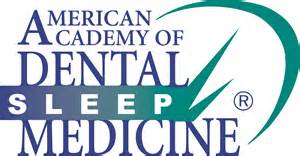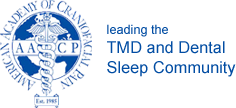Understanding TMJ Disorders
/In a world full of initials and acronyms, it’s easy to dismiss the daily barrage of alphabet soup. But the letters “T-M-J” are three initials that we think you should be aware of, because if you have an untreated TMJ disorder, you might not even be able to eat alphabet soup! TMJ stands for temporomandibular joint. Everyone has two of these. They are the two joints, jaw muscles and ligaments that enable the opening and closing of the mouth. Your TMJ facilitate chewing, talking and even swallowing. These joints also control the mandible (lower jaw) as it moves forward, backward and side to side.
Each of your TMJ has a disc situated between the ball and socket. This disc provides a cushion, of sorts, and it enables the jaw to function in a variety of ways, including opening widely or rotating or gliding.
A TMJ disorder, which is often painful, is any problem that prevents these muscles, ligaments, discs and bones from working together properly. TMJ disorders can be caused by arthritis, dislocation, injuries, tooth and jaw alignment (or misalignment), stress and teeth-grinding.
It is important to be properly diagnosed for TMJ disorders (sometimes called “TMD”), because they are treatable! This is great news because TMD is usually painful, and it can potentially become a serious problem.
There are several treatments for TMD and some of them are relatively simple. And sometimes TMD needs to be addressed through orthodontic treatment.
The best course of action is to come and visit our office, so we can take a look at your particular case. So, if you experience a painful popping or clicking noise while chewing — or perhaps you have frequent headaches or jaw pain — please call us at [phone] or 301.839.0055, and we’ll take good care of you.



